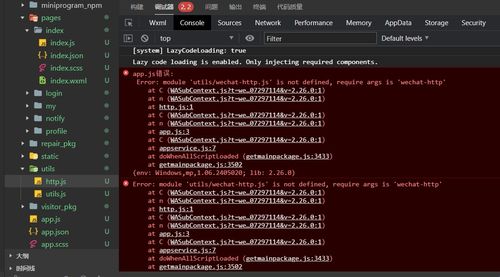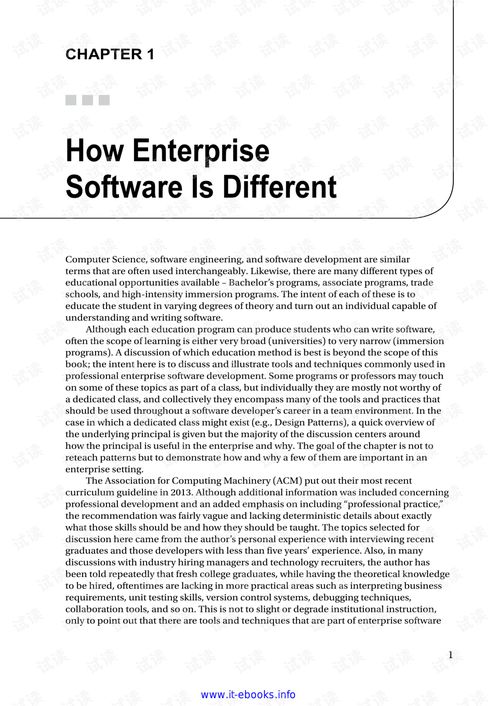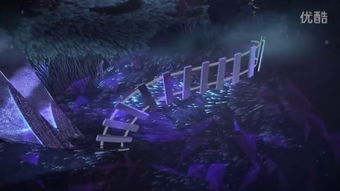Content:
In the world of angling, the art of蚯蚓 fishing has long been revered for its simplicity and effectiveness. Whether you're a seasoned angler or a beginner looking to add a classic technique to your arsenal, mastering蚯蚓 fishing can be both rewarding and enjoyable. One of the key elements to successful蚯蚓 fishing is understanding how to read the bait float. In this article, we'll delve into the essential tips and techniques for蚯蚓 fishing and how to interpret the movements of the bait float.

Understanding蚯蚓 Fishing
蚯蚓 fishing, also known as worm fishing, involves using live or dead worms as bait to attract fish. This method is particularly effective for catching species such as catfish, carp, and bass. The key to蚯蚓 fishing lies in presenting the bait in a way that mimics a natural food source, which often results in a more responsive catch.
Choosing the Right蚯蚓
The first step in蚯蚓 fishing is selecting the right type of蚯蚓. There are several species of蚯蚓 that are commonly used for fishing, including nightcrawlers, red wigglers, and European nightcrawlers. Each type has its own characteristics and is better suited for different types of fishing environments and fish species.
- Nightcrawlers are robust and are great for catching larger fish. They are often used in deeper waters and are known for their ability to survive in harsh conditions.
- Red wigglers are smaller and more delicate, making them ideal for catching smaller fish and are better suited for lighter tackle.
- European nightcrawlers are a hybrid breed that combines the characteristics of both nightcrawlers and red wigglers, offering a versatile option for various fishing scenarios.
Preparing the Bait
Once you've chosen the right type of蚯蚓, the next step is to prepare the bait. This involves removing the蚯蚓's skin, which can be done by cutting along the length of the worm and peeling it off. This makes the蚯蚓 more appealing to fish and can also increase the chances of a bite.
Setting Up the Tackle
For蚯蚓 fishing, you'll typically use a simple setup that includes a rod, reel, line, and a bait float. The bait float is a crucial component as it allows you to see when a fish takes the bait.
- Rod and Reel: Choose a rod that is suitable for the type of fish you're targeting. A medium-heavy rod is often a good all-around choice for蚯蚓 fishing.
- Line: Use a monofilament line that is strong enough to handle the fish you're targeting. A line thickness of 6 to 12 pounds is generally appropriate.
- Bait Float: The bait float should be bright and visible, allowing you to easily spot when it moves. It should also be able to support the weight of your bait and hook.
Reading the Bait Float
Now that you have your tackle set up, it's time to learn how to read the bait float. Here are some key points to keep in mind:
Movement: The most common sign of a bite is when the bait float begins to move erratically. This can be caused by a fish taking the bait or by the worm wriggling on the hook.
Sudden Drop: If the bait float suddenly drops to the bottom, it could indicate that a fish has taken the bait and is pulling on the line.
Rapid Jumps: Rapid and frequent jumps of the bait float can be a sign that a fish is actively striking at the bait.
Slower Movements: Sometimes, the bait float may move more slowly, indicating a subtle bite from a fish that is taking the bait more cautiously.
No Movement: If the bait float shows no movement for an extended period, it might be time to change the bait or reposition the hook.
Conclusion
Mastering the art of蚯蚓 fishing and reading the bait float is a skill that takes practice and patience. By understanding the nuances of this classic technique, you'll be well on your way to catching more fish with this timeless method. Remember to experiment with different types of蚯蚓, tackle, and techniques to find what works best for you and the fish you're targeting. Happy fishing!












